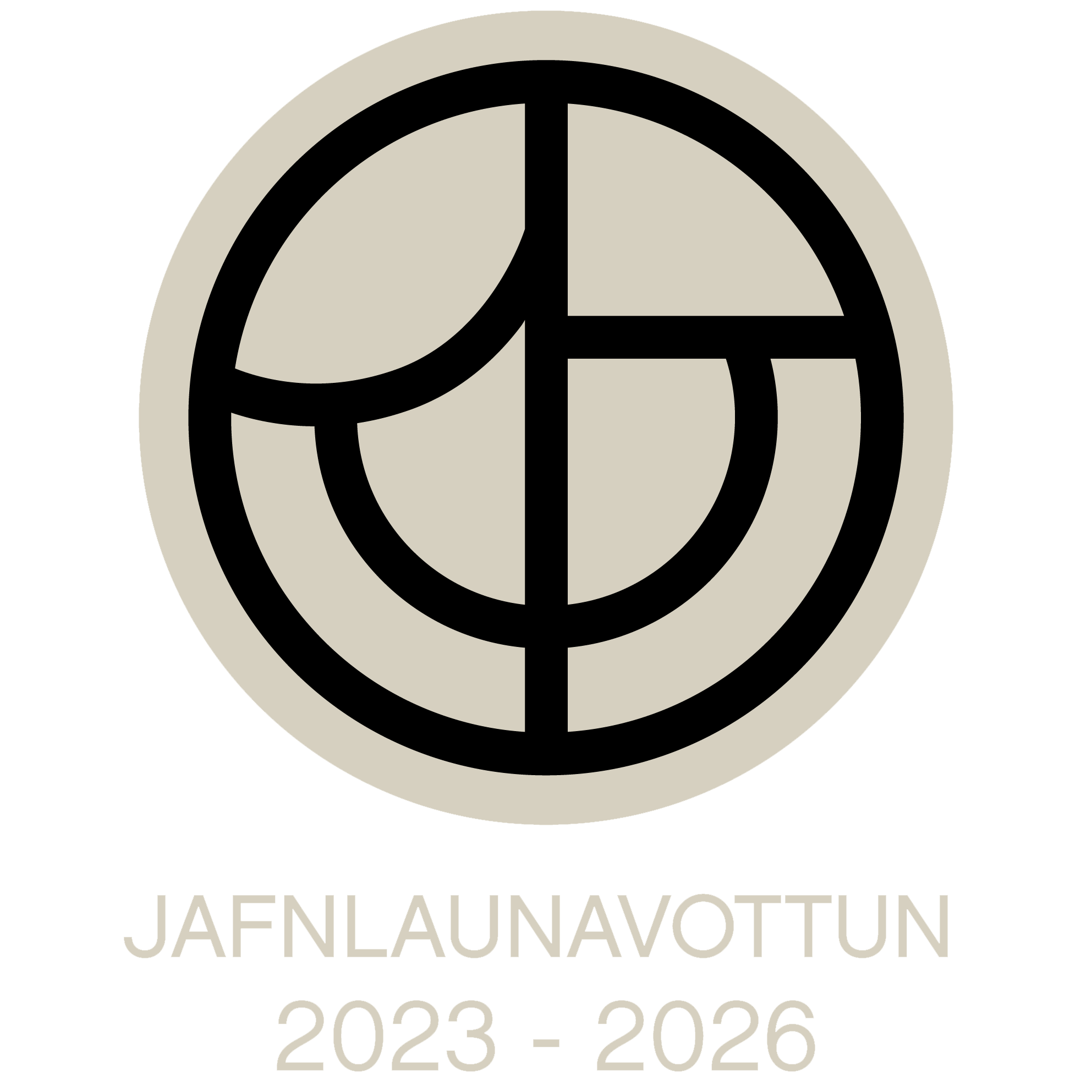Út er komið Rit LbhÍ nr 166 og heitir Implementation of a métier-based dynamic fisheries model in the Atlantis model for Icelandic waters eða Endurbætt fiskveiðilíkan fyrir Atlantis viskerfislíkanið fyrir hafið í kringum Ísland eftir Jacob M. Kasper, Maartje Oostdijk, Elzbieta Baranowska og Erlu Sturludóttir. --English below--
Útdráttur
Þó að á Íslandi sé vel þróað fiskveiðistjórnunarkerfi þá byggir það á einstofnalíkönum þar sem áhrif fiskveiða eru skoðið fyrir hverja tegund en ekki áhrif á aðrar tegundir eða á heildar vistkerfið. Í dag er heldur ekki lögð áhersla á að kanna áhrif þess að veiddar eru fleiri en ein tegund í einu og veitt er á mismunandi stöðum á mismunandi tímum yfir árið. Sjálfbær nýting sjávarauðlinda er mikilvæg fyrir efnahag okkar og menningu og skoða þarf hlutina í stærra samhengi. Heildræn viskerfislíkön veitir okkur leið til að skoða hin flóknu samspil á milli tegunda og hvaða áhrif fiskveiðar hafa á tegundir, bæði bein og óbein. Í þessari skýrslu er farið yfir það hvernig endurbætt fiskveiðilíkan var byggt fyrir Atlantis viskterfislíkanið fyrir hafið í kringum Ísland. Nýja fiskveiðilíkanið líkir eftir veiðum á botnfiski og tekur tillit til þess að margar tegundir eru veiddar samtímis. Gerð var „métier“ greining á því hvaða tegundir eru veiddar saman, á hvaða stað og hvenær. Fiskveiðilíkanið var sett þannig upp að veiðunum var skipt upp í sex mismunandi flota sem veiða fimm mikilvægar tegundir: þorsk, ýsu, ufsa, karfa og grálúðu. Hægt verður að nota uppfærða líkanið til að prófa áhrif mismunandi stjórnendastefna á einstakar tegundir en einnig á vistkerfið í heild sinni.
Ritið í heild sinni má nálgast hér
---
Summary in english
Implementation of a métier-based dynamic fisheries model in the Atlantis model for Icelandic waters
While Iceland has an advanced and well-developed fisheries management system most species are managed individually, that is without consideration for their role in and interactions with the whole ecosystem or with the fact that fisheries target multiple species in different areas and at different times of the year. But long-term sustainability of these economically and culturally important resources requires consideration of a broader system. End-to-end ecosystem models provide one way to account for complex interactions and evaluate how changes in one species influences other species. Here we continue parameterization of the Iceland Atlantis end-to-end ecosystem model to include multispecies fisheries for the most important groundfish fleets in Iceland. A métier analysis was performed to determine how the bottom trawl fleet targets species spatially and temporally. The Iceland Atlantis model was then parameterized with historic fishing effort to include five different bottom trawl fleets and one longline fleet which target five of the most important commercial species in Iceland: Atlantic cod (Gadus morhua), haddock (Melanogrammus aeglefinus), saithe (Pollachius virens), redfish (Sebastes sp.), and Greenland halibut (Reinhardtius hippoglossoides). The updated model will serve as basis from which management decisions can be evaluated in the context of other harvested species as well as the ecosystem as a whole.





